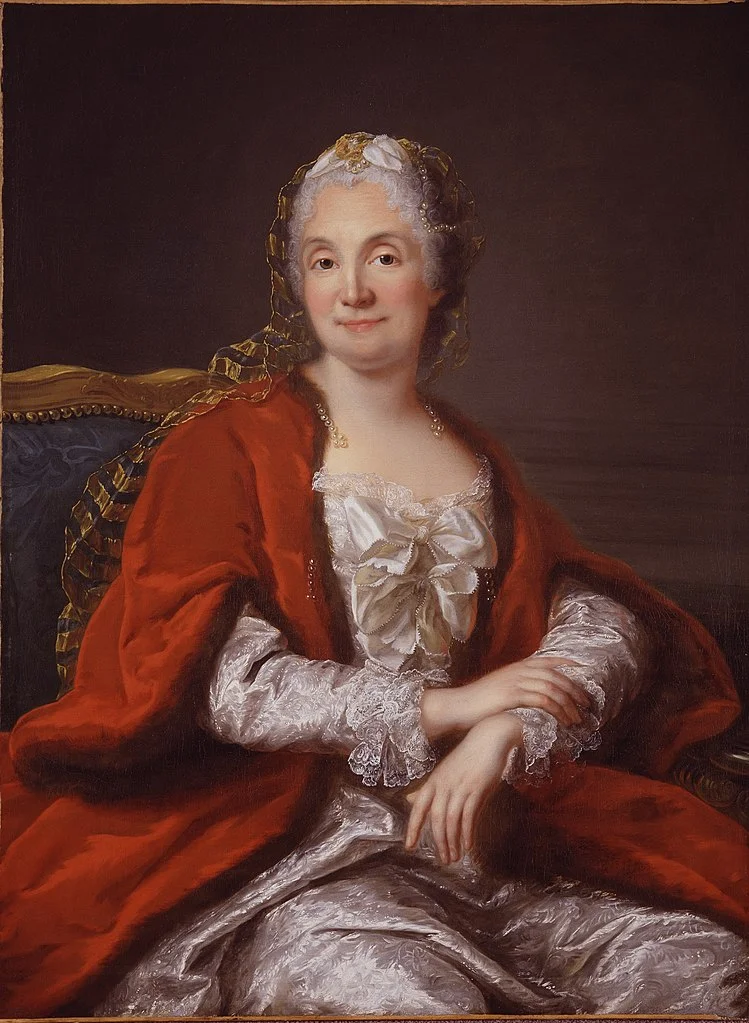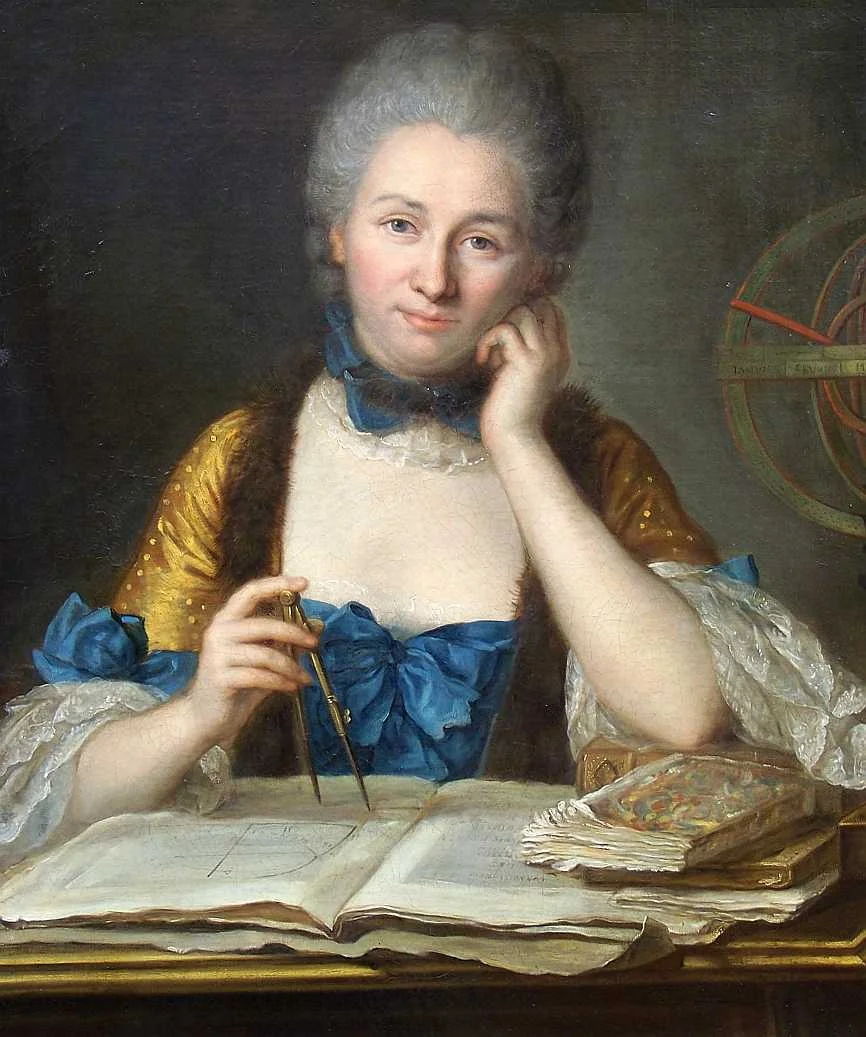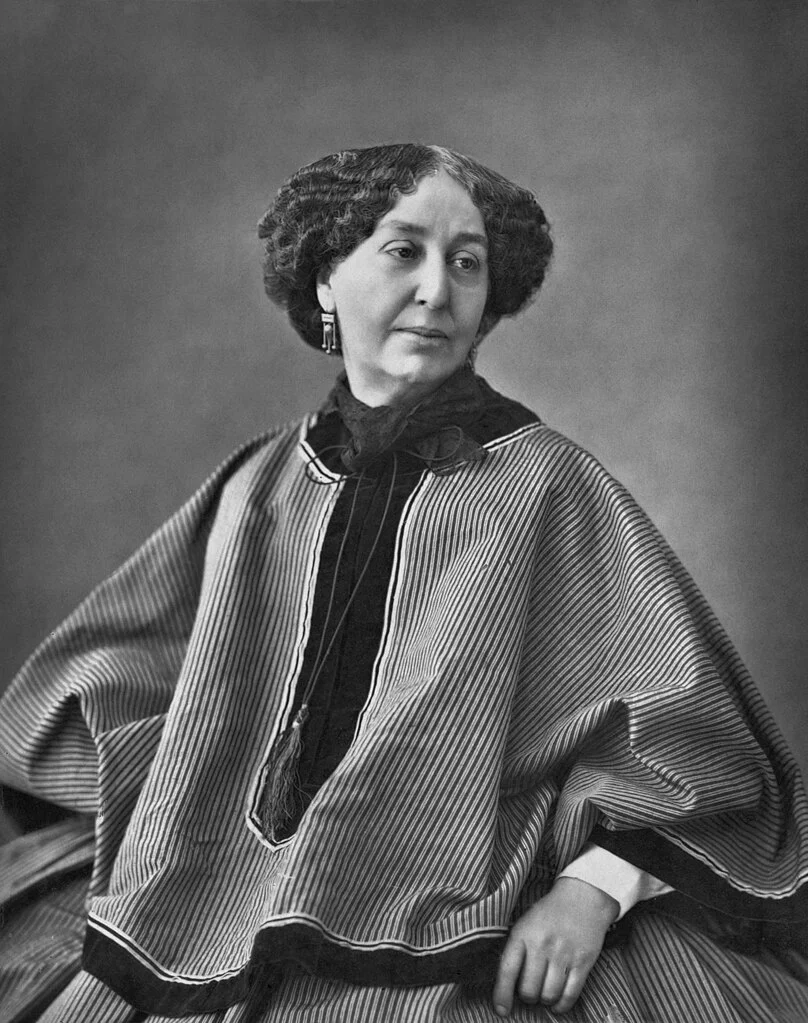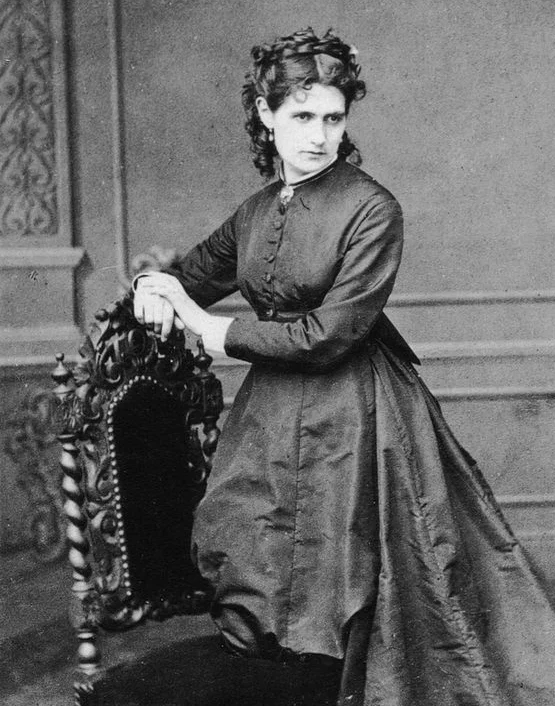Great Women of France: 18th and 19th centuries – Part 2
Who are the great women of France? There are so many, it is hard to list them all! But let’s start with 15 who have played important roles in the history of la belle France. You’ll find a few surprises on our list, like the woman who was not French but American, and another who may never have been to France at all! But that’s part of the fun of learning about these extraordinary women.
There is so much to say that we’ve divided our list into three different articles, each discussing five women:
- Part 1 – the period up to the end of the 16th Century,
- Part 2 – the period up to the end of the 19th Century, and
- Part 3 – the 20th Century.
Who’s missing? Who shouldn’t be here? Tell us in the comments below!
Here is Part 2: Les Salonnières: 17th and 18th centuries
The salons of 17th and 18th century France are sometimes called “the cradle of the French Revolution.” Salons were discussions among a group of carefully selected nobles and intellectuals, typically organized by women called salonnières, who chose the topic of discussion and directed the flow of conversation. Many modern concepts of individual liberty, equality, and democracy were developed in the salons, as was the famous French art of conversation.
The first notable salon was held by the Marquise de Rambouillet, in the “chambre bleue” of her home in Paris. She began these regular gatherings as a reaction to the coarseness of the court of King Henry IV and focused on cultural subjects like art and literature. She was heavily involved with the creation of the French Academy, the guardian of the French language.
Salons largely disappeared during the reign of King Louis XIV, who centralized power in his royal court at Versailles but began again in the early 18th century, notably with the salons of the Marquise de Lambert. This period also saw a shift in the focus of many salons away from the arts towards matters of philosophy, which ultimately affected French politics.

Marie Thérèse Geoffrin
The most famous salonnière was Marie Thérèse Geoffrin, whose glittering salon attracted the likes of Montesquieu, Voltaire, and Diderot. Madame Geoffrin used her considerable fortune to support the writing of the Encyclopédie, one of the major works of the French Enlightenment. In this, she was like other salonnières, who provided financial support to their favored artists and philosophers.
Other important salonnières include the Marquise de Tencin, the Marquise du Deffand and Julie de Lespinasse.
Émilie du Châtelet: 1706 – 1749

Emilie du Chatelet
Though she is often overshadowed by Voltaire, with whom she had a romantic relationship, Émilie du Châtelet was an important mathematician and natural philosopher of the French Enlightenment.
Du Châtelet’s best-known work is her translation of Isaac Newton’s Pricipia Mathematica, which laid out the basic laws of physics. It is so well-regarded that it is still considered the standard French translation.
Her own work, Institutions de Physique (Lessons in Physics) synthesized and tried to reconcile the ideas of major mathematicians and physicists, making her an active participant in the important intellectual debates of her day.
Perhaps du Châtelet’s most important contribution was developing the idea of conservation of total energy, which both advanced and corrected one of Newton’s main theories. Her ideas on this and other subjects were heavily represented in Diderot’s Encylopédie.
Du Châtelet also published philosophical texts on morality and happiness and wrote a critical analysis of the Bible. After she lost a large sum of money playing cards, she developed an early form of financial derivative to pay off her gambling debts.
Olympe de Gouges: 1748 – 1793

Olympe de Gouges
Olympe de Gouges was a playwright and political activist in the years leading up to the French Revolution. She was an advocate of human rights and one of France’s first public opponents of slavery and is best known as a passionate proponent of women’s rights.
Born into a comfortable family in southwest France, de Gouges was forced into marriage at the age of 17. Her husband died a few years later in an accident and de Gouges vowed never again, calling marriage, “a tomb of trust and love.”
In Paris, she began her writing career, where her pamphlets and her play opposing slavery brought threats against her. She continued to write on marriage and divorce, children’s rights, the rights of the unemployed and the need for a social safety net, and more.
De Gouges was initially a supporter of the French Revolution but became disillusioned when equal rights were only granted to men. When the Declaration of the Rights of Man and of the Citizen was published, she responded by writing the Declaration of the Rights of Woman and of the Female Citizen, which included her famous statement,
“A woman has the right to mount the scaffold. She must possess equally the right to mount the speaker’s platform.”
This statement was sadly prescient because as the Revolution descended into The Terror, her writings opposing its violence put her in the crosshairs of Robespierre. Olympe de Gouges was arrested, tried, and guillotined at the age of 45.
George Sand: 1804 – 1876

George Sand
George Sand was a popular novelist, memoirist, and journalist of the Romantic period, best known for novels like La Petite Fadette and Indiana.
Born Amantine Lucile Aurore Dupin de Fancueil into a well-off family in Berry, Sand married young and had two children. She later separated from her husband and began the life for which she is now known.
That life was rather scandalous. Sand wore men’s clothing without a permit (which was required in those days) and smoked in public when this was just not done in polite society. And then there were her very public affairs with writers, actors, politicians, a Polish prince, the composer Chopin, and others. And not all of her lovers were men, making her personal life even more shocking.
But she was a brilliant writer. She adopted the name George Sand as a way to obscure her gender, as it was difficult then for women authors to be published. Her novels met with immediate success, and by the age of 30, she was perhaps the most popular writer in Europe. Sand was admired by contemporaries such as Balzac, Flaubert, and Hugo, and her works influenced writers like Dostoyevsky and Walt Whitman.
Sand was influential politically, a strong supporter of the rights of women and of the working class, and held a position in the provisional French government of 1848. After Napoleon III’s coup sent many of her friends into exile, she worked behind the scenes to negotiate pardons and reduced sentences for many of them.
Berthe Morisot: 1841 – 1895

Berthe Morisot
Berthe Morisot was a member of the group of painters known as the Impressionists, a master colorist who struggled to receive her due as an artist.
Born into an affluent family, Morisot received art instruction as a child, like many girls in bourgeois families. Progressing from drawing to watercolors to oils, her paintings were exhibited in the prestigious annual Salon de Paris when she was just 23. Her works were exhibited at the Salon for each of the next six years before she joined colleagues like Cézanne, Degas, and Monet at the first Impressionist exhibition.
As a woman, Morisot struggled to be taken seriously as an artist and her paintings were often derided for their ‘feminine touch.’ But as her work matured and she gained fame, she was cited as one of the best of the Impressionists, and her fellow artists admired her as a virtuoso colorist.
Morisot experimented with different mediums, sometimes combining oils, watercolors, and pastels in the same work, like her friend Degas. Her works reflected her daily life, often showing domestic scenes where she favored images of family, children, ladies, and flowers.
Morisot was a close friend of Édouard Manet and the subject of a number of his paintings. Through him, she met and married his brother Eugène.
Other notable female French Impressionists were Marie Bracquemond and Eva Gonsalès.
What a fabulously fascinating series. This is Part 2 of quite a list of the Great Women of France in the Middle Ages. But, Who’s missing? Who shouldn’t be here in your view? What are your thoughts? Please share in the comments section below.






